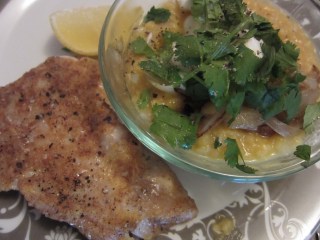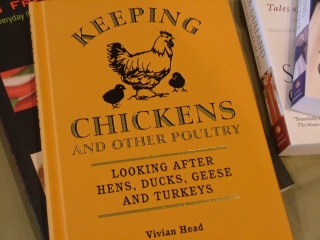Foray into Favas: a Two-Part Blog
Meet the Bean: Vicia Faba
Part 1.
I am trying out fava beans (Vicia Faba) from scratch for the first time! Fussy little beans, I’d say. First you need to shell them. Not quite like shelling peas, with a simple crack of the pod and the thumb-slide to release the peas – favas seem to require a bit more wrestling, and then once you get them shelled, they need to be hand-peeled. Every bean. Seriously.
Every.
Bean.
By.
Hand.
 |
| Favas: just shelled. |
Luckily, despite the size of the pods, the bean yield – from a great big bag – is pretty small. Of course, once you peel them (a complicated, delicate process involving a quick boil, an even quicker cool and a poke and peel method that requires a high degree of manual dexterity – these babies are slippery!) the yield is even smaller. *SIGH* Don’t get me wrong. I love my legumes, but favas are high maintenance. A bean beyond, you might say.
 |
| Naked favas. Worth the effort? |
I’m making an upscale version of ‘Pork n’ Beans’, a childhood standby and a summer staple as far as I’m concerned. One of my all-time favourite summer meals is potatoes and onions baked in foil in the campfire, steak grilled over same, and cold canned beans on the side. Flying ash from the firepit as garnish! Oh well.
Since I’m eating clean these days, the uber-convenient can o’ beans is way off the list (not to mention potatoes and flyash) so I decided to whip up my own creation.
The plan:Fresh favas from the Farmers Market, simmered with the bone from leftover pork roast (organic, natch) then sautéed with onions and garlic (lots of garlic). Add basil and thyme from the garden and fresh diced tomatoes. A bit more simmering…et voila!
The outcome:
Stay tuned for Part 2. I’m wiped from the shelling and peeling. I’m putting the batch together later.
Post-nap.
To find out more about Vicia Faba click the link.
Sufferin’ Succotash!
These Beans Rock.
Part 2.
Results: Yummy.
A bit more like high-end succotash, than my fondly remembered P&Bs, the favas simmered in the pork broth, flavoured up with garlic, onions, tomatoes, thyme, bay leaf and basil were really delicious. I added diced pork (from the leftover roast) and also diced up some leftover roast squash – a nice hit of creamy sweetness that really complimented the beans. The beans? A lot of effort, but worth it.
 |
| Favas fully dressed. Worth it. This time. |
Would I do favas from scratch again? Hmmm. Hard to say. I really love them, but I have a feeling they’ll fall into the same category as roast duck – one of my faves, and just too fussy for me to make at home.
Perfect, though, for ordering in restaurant. And one thing I know I can make is reservations!
It’s bean fun. I’d love to hear your fava stories!
Side note:
These beans travel well and taste great cold (just like the ol’ canned ones). We had the leftovers at a picnic in the local park today. Hubby and I both longed for more…
 |
| Favas on a picnic. Have tupperware. Will travel. |



























